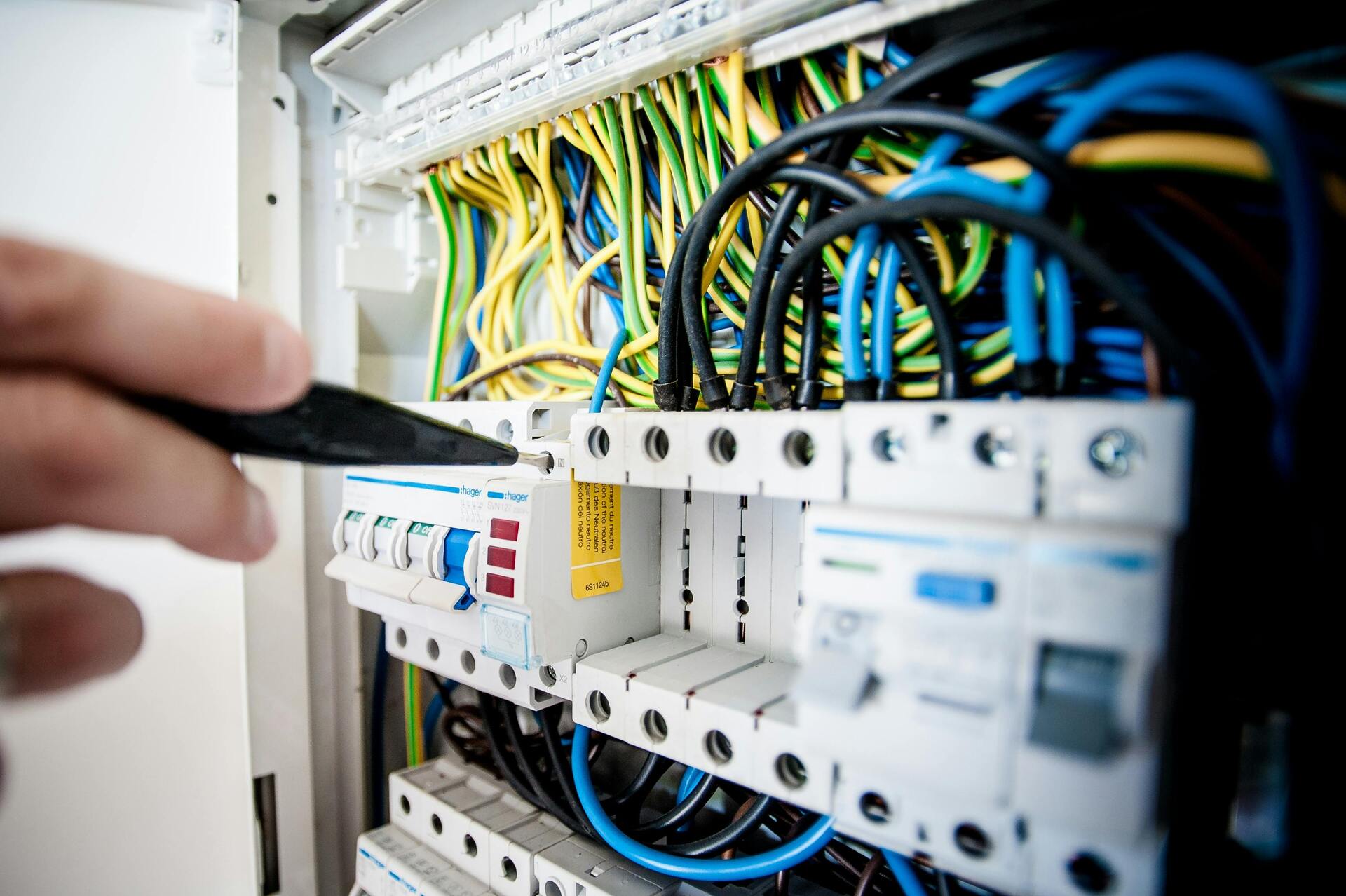When you're building your first home in Kenya, it's easy to get caught up in things like tiles, paint, and roofing. But one of the most important — and often overlooked — parts of construction is electrical installation. It's what powers your lights, water pumps, appliances, and security systems. And if done wrong, it can be dangerous or costly to fix later.
This guide breaks down what electrical installation in a Kenyan home actually involves — in simple terms — so you can make informed decisions from the start.
⚡ 1. Power Supply: Where Your Electricity Comes From
In Kenya, most homes are powered by:
a) Kenya Power (KPLC) – Grid Connection
This is the main electricity provider. You’ll apply for a new connection online or at their offices.
Prepaid (Token) meters are now the standard.
Connection costs vary (KES 35,000–70,000+) depending on location, whether poles are nearby, and if single or three-phase power is needed.
Tip: Apply for electricity connection early. It can take weeks or months, especially in rural or unserviced areas.
b) Solar Power
An increasingly popular option — especially for lighting, water heating, and backup.
Can be used alongside KPLC (hybrid system) or off-grid
Costs vary depending on whether it’s for just lights or full-house backup
🔌 2. Single Phase vs. Three Phase: What’s the Difference?
Single-phase: Standard for most homes. Suitable for basic household use — lights, TVs, fridge, etc.
Three-phase: Needed for larger homes with heavy equipment (e.g., electric gate, big pumps, or multiple floors). More expensive but stable for high loads.
Your electrician or engineer will help assess your load requirements and recommend the right type.
🏠 3. Electrical Layout: Planning Before You Build
Electrical work is done in two main stages:
1st Fix (before plastering):
Conduits (plastic pipes) are laid in walls and slabs
Boxes for switches and sockets are installed
2nd Fix (after finishing):
Wires are pulled through conduits
Switches, sockets, lights, and appliances are installed
Plan ahead:
Where will TVs go?
How many sockets per room?
Will you use solar or a backup generator?
Do you want smart home features (e.g., motion lights, Wi-Fi routers)?
💡 4. Key Components of a Kenyan Home Electrical System
Here’s what’s typically installed:
Component | Description |
Consumer Unit (DB) | The main control panel with circuit breakers |
Sockets & Switches | Power access points throughout the house |
Lighting | Ceiling lights, wall brackets, security lights |
Earthing system | Prevents electric shocks and protects appliances |
Wiring | Copper wires pulled through conduits |
Main Cable | Connects the house to the meter or pole |
Backup Source (Optional) | Solar, inverter, or generator setup |
🔒 5. Safety Is Non-Negotiable
Electrical systems can be dangerous when done poorly. Common risks in Kenyan homes include:
Shocks due to poor earthing
Fires from overloaded sockets or undersized cables
Water pump or appliance damage from power surges
Ensure:
All wiring is done by a licensed electrician
Proper earthing and circuit breakers are installed
No shortcuts are taken to “save money” — it’ll cost more later
🌍 6. Energy Efficiency & Backup Options
Electricity is expensive in Kenya — so it pays to plan for energy savings:
Use LED lighting throughout
Install motion-sensor security lights
Choose energy-efficient appliances
Consider solar water heaters to cut water heating costs
Plan for solar + battery backup for lights, Wi-Fi, and TV during blackouts
Final Thoughts
Electrical work isn’t the most exciting part of building a house — until something goes wrong. By understanding how electricity works in Kenya and planning early, you’ll avoid costly mistakes and enjoy a safe, functional home for years to come.
If you found this guide helpful, share it with someone who’s planning, building, or dreaming about their first home.
Have you faced any electricity surprises while building or renovating? I’d love to hear your experience—reply to this email if you’re reading in your inbox, or drop a comment below if you’re on the site.

